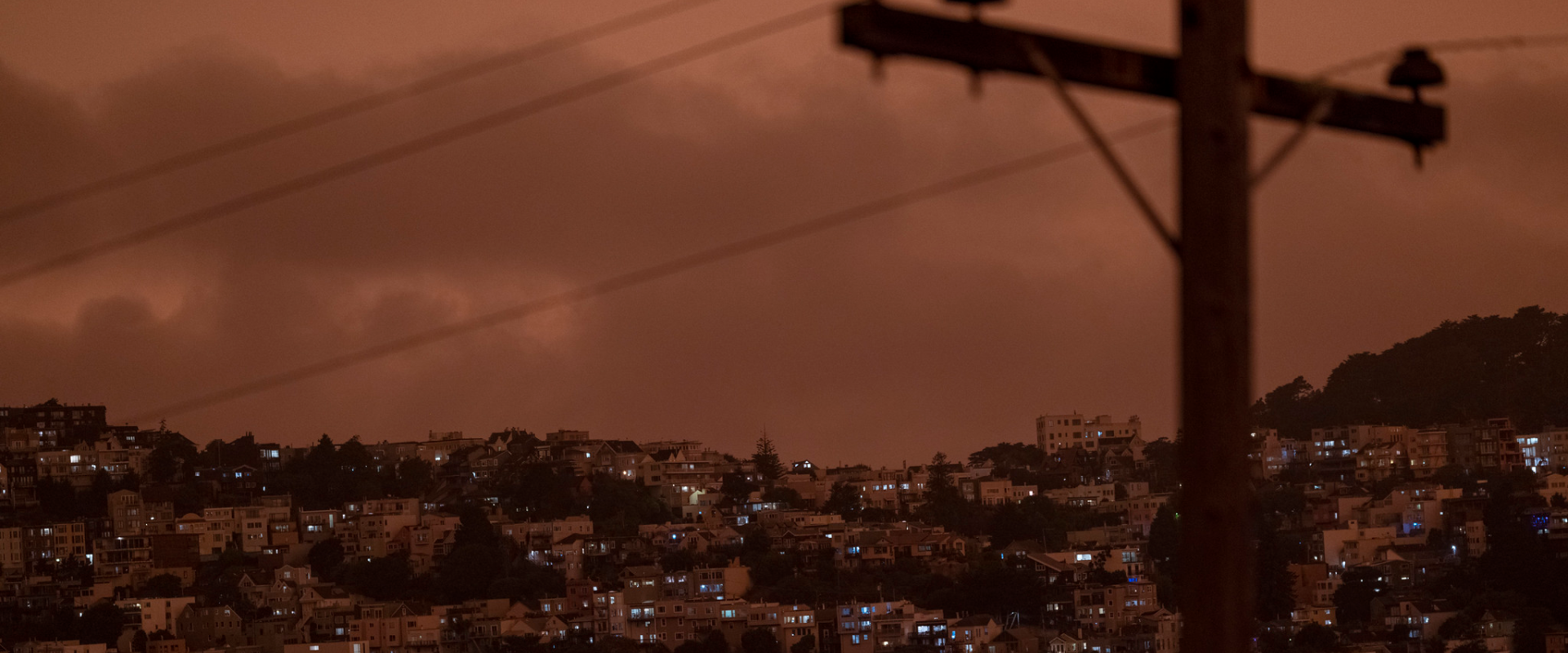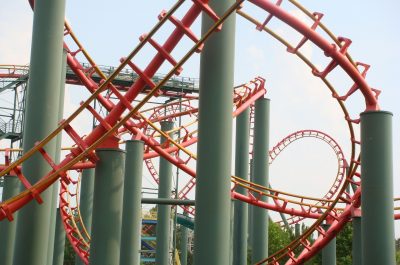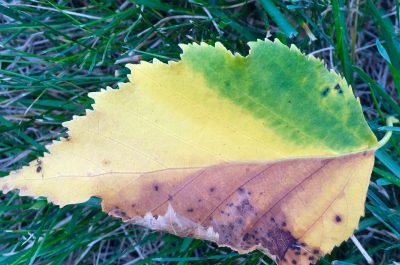Growing up in the hills east of San Francisco Bay in the 1990s, Lauren McNulty learned about wildfire early in life. Her family kept go-bags by the door during fire season, typically in the month of October. But with climate change making wildfires bigger and stronger, fire season now requires even more preparation.
Today, McNulty lives in El Cerrito, east of San Francisco Bay. This year, fires have already ignited in nearby areas.
“They’re small brush fires and the firefighters are putting them out real quick,” McNulty said. “But I feel like we all kind of know what’s coming, especially after last year and hardly any rain this winter.”
California’s 2021 fire season set to be dangerous
The late summer and fall of 2020 brought one of the worst wildfires seasons in California history. According to California’s state fire agency, CAL FIRE, nearly 4.3 million acres burned in 2020. Fires claimed 33 lives and destroyed over 10,000 structures.
Fire season in 2021 could be even worse. The entire state is experiencing drought conditions, according to the U.S. Drought Monitor. El Cerrito is in “exceptional drought,” the highest possible rating.
When fires ignite this year, parched plants and trees will burn quickly. In the past, strong winds drove large, hard-to-control fires. But in 2021, an abundance of dry fuel will enable any wind to move fires along fairly quickly, said Michael Pigoni, the fire chief and fire marshal in El Cerrito.
Already, the fire season is off to a bad start. Spring is not typically a high fire season in California. But January 1 to May 30 in 2021 saw 890 more fires — which burned 13,189 more acres — than during the same time period in 2020.
The wildland-urban interface fire problem
As researchers and fire experts alike eye increasingly severe wildfire seasons, areas categorized as wildland-urban interfaces are of particular concern. These are areas where undeveloped land transitions to places where a lot of people live. El Cerrito is very much in this category, Pigoni said, as the city backs up to a large park district.
Diablo winds blow quickly through the mountains and hills toward the sea in the Bay Area. They are most common in October but can occur any time of year. When fires occur during Diablo wind events, they are difficult to control and often spread quickly.
McNulty has been documenting drought on ISeeChange from El Cerrito Hillside Natural Area for several years. “There are eucalyptus trees there, which are very flammable,” she said. “And I know that if a fire ever came up through the parks even farther up the hill, then it would start to burn down the hill and with the Diablo winds — with the northeast wind — there would be nothing stopping that. That would be a-burn-to-the-Bay situation.”
In an absolute worst-case scenario, McNulty said, her plan would be to head down to the state parks near the water and jump into the San Francisco Bay.
How people are preparing for wildfire season
Ahead of this fire season — and future fire seasons made worse by the heat and drought that climate change is expected to bring to the Western U.S — people are preparing themselves to evacuate, making their homes more fire-resistant, and building support systems of neighbors.
Having an evacuation plan and being ready to execute it quickly are two ways that people in El Cerrito and throughout Northern California prepare for wildfire season. Pigoni said that the most important thing that people can do is stay aware of the weather and pay attention to official communications about risk and evacuations.
But communities are also trying to make the wildland-urban interface safer to lessen their risk.
Home hardening, which makes homes and other structures more fire-resistant, is the primary strategy for reducing fire risk. Home hardening projects range from keeping yards tidy and free from brush to replacing roofs. Some of these practices can be quite expensive — up to $22,000 for roof updates, for example. And grant funding for home-hardening is limited. But other, low-cost options are available.
Most structure fires start from embers, so keeping gutters clear of leaves is important, says Rebecca Miller, whose dissertation at Stanford University focused on how governments and communities in California prepare for, respond to, and recover from wildfires. Miller also recommends clearing out flammable landscaping and keeping garage doors closed on windy days.
“Even simple things like not having a flammable welcome mat at the front door can make a difference,” she said.
She added that it is important not just to prepare one’s own property but to work in tandem with neighbors and encourage them to do the same — reducing the community’s overall risk.
“We’ve talked so much in recent months about herd immunity, but it really holds true for wildfires, because you can do everything right. You, individual homeowner, can harden your home, you can have ignition resistant construction,” Miller said. “And if your neighbors haven’t done that work themselves, your house is going to catch on fire. If your neighbors’ houses catch on fire, it’s just a matter of time.”
Miller recommends that communities look into pursuing a FireWise USA certification to help them get organized and begin taking preparatory steps. FireWise is a program through the National Fire Protection Association in which neighbors come together to learn about their fire risk and begin to take action.
“So much of this is based on the premise of ‘It’s better to meet your neighbor and borrow a cup of sugar from them when there’s no disaster happening than when there’s a wildfire coming down the road,’” Miller said. “You don’t want to meet your neighbors in that moment.”
Financial support needed for home hardening
Both Miller and Rich Shortall, the executive coordinator of FIRESafe Marin and a retired San Francisco Fire Department assistant deputy chief, said they wished that more of the $2 billion that the state of California announced in April 2021 for fire prevention was going to home hardening.
“I get concerned because an awful lot of the state money is going to work in the forest, which you know, it’s not like the forests don’t need work, they do, but that’s not where the homes are,” Shortall said. “I would rather have seen more money invested in home-hardening programs.”
Miller also said that consistency and long-term funding is important. The $2 billion was a one-time budget addition this year. Shortall said he would also like to see incentives to encourage homes to be hardened when they are being sold. Insurance companies ought to do more to support home hardening, he added.
Protecting and helping vulnerable populations, such as people with limited mobility and limited financial resources, will require grant funding and community cost-sharing programs. And prioritizing them will save lives.
“Let’s face it, when’s the last time you heard about a bunch of rich people dying in a wildfire?” Shortall said.
In El Cerrito, McNulty is relatively confident in her ability to stay safe this fire season. She knows how to stay aware of the weather, where to go for evacuation information. She and her fiancé will have go-bags by the door. And they’ve installed an air purifier to help keep them from breathing in too much smoke from fires that may not pose an immediate risk in their area but can still affect their health. (isc link: https://stories.iseechange.org/how-climate-change-is-fueling-wildfires-and-hurting-your-lungs/)
“We’re all hoping that it doesn’t happen,” she said. “We’re hoping that, magically, the fires aren’t going to break out.”
Show us how you are preparing for fire season
Is your community a FireWise site? Have you taken any steps to harden your home? Share any stories about how you prepare for wildfire season in a new ISeeChange post. Stay safe and keep watch with us this summer and fall.
Story by Samantha Harrington for ISeeChange in Partnership with Yale Climate Connections.
Cover photo by Christopher Michel via Flickr.




